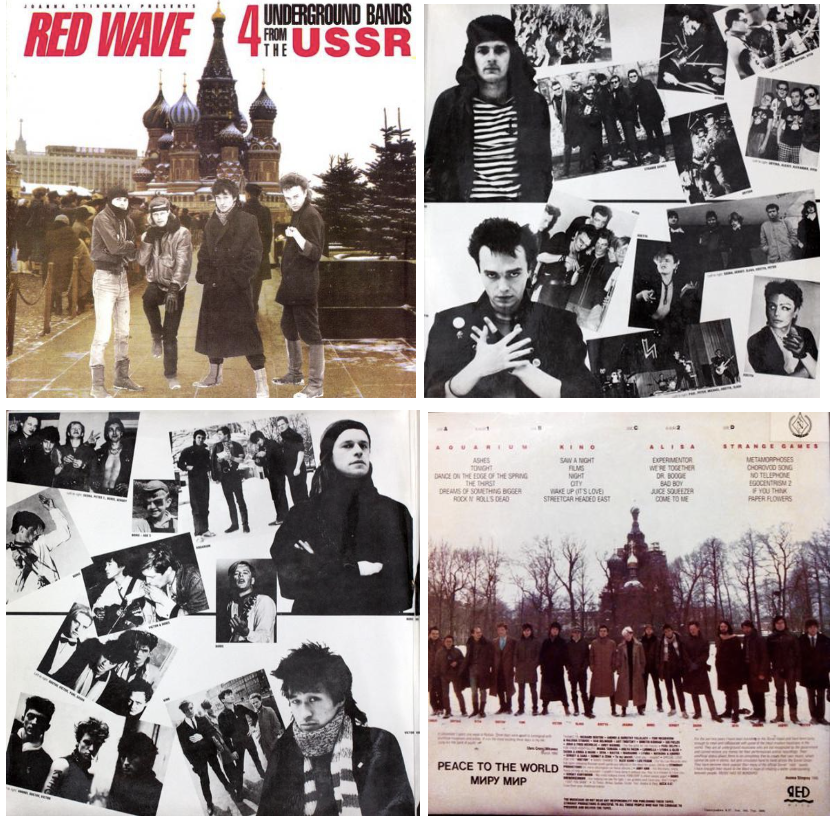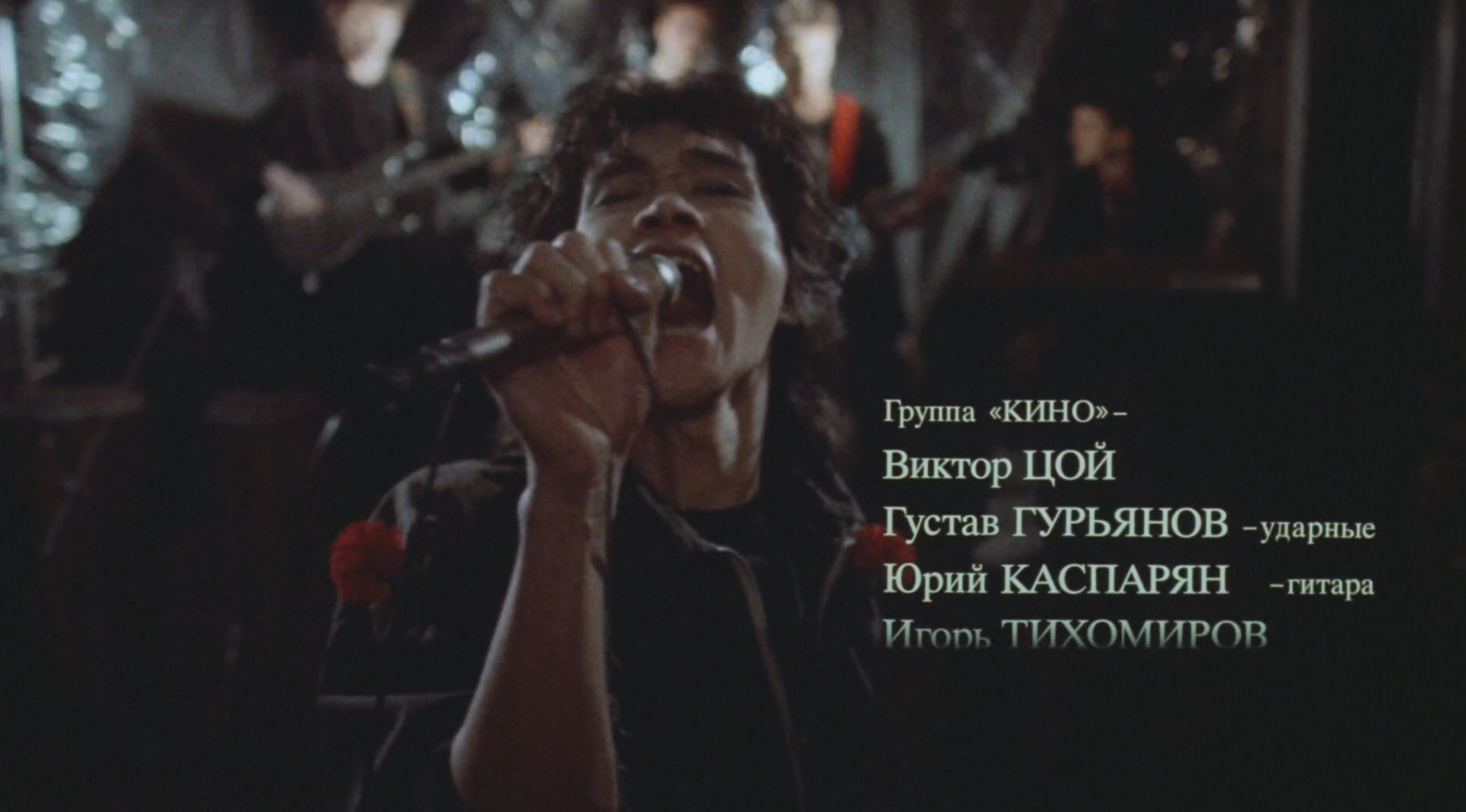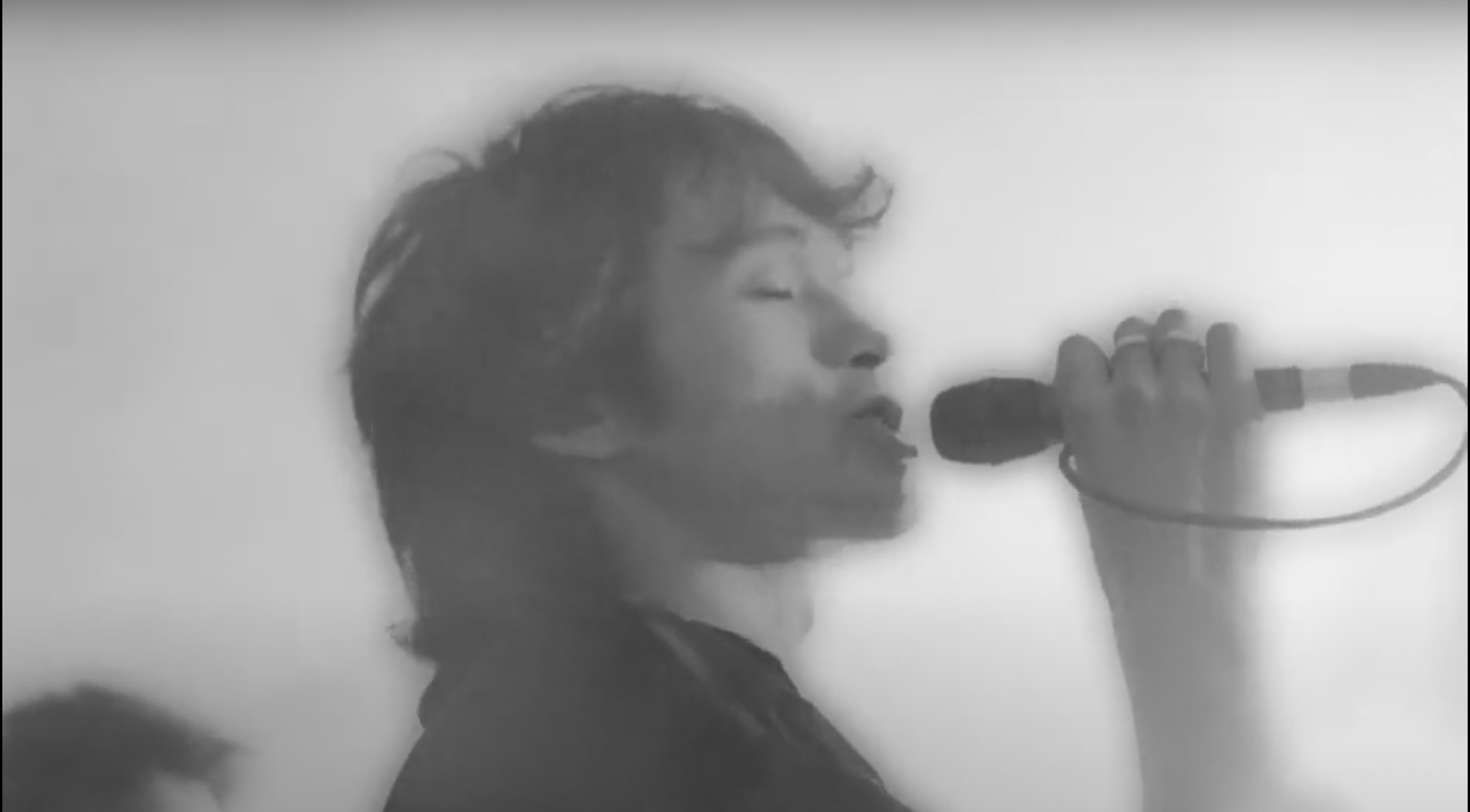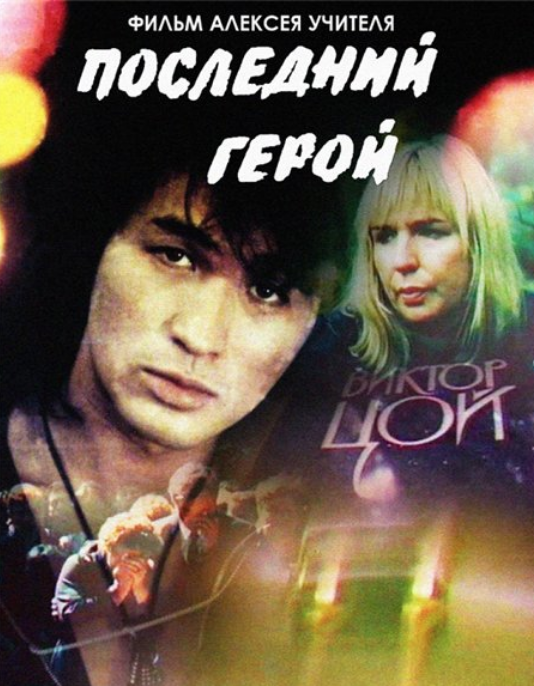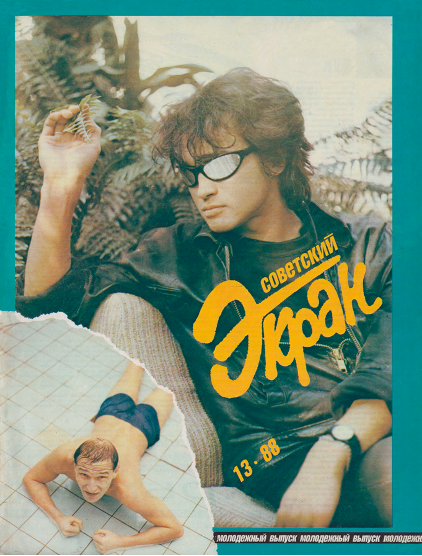Explore: person » viktor-tsoi
Red Wave: 4 Underground Bands from the USSR
Starting in 1984, aspiring American rock singer Joanna Stingray (1960-) began smuggling recording equipment into Leningrad's rock community, orchestrating the first-ever Western release of Soviet rock music—the double album Red Wave (1986).
Kino’s last concert at Luzhniki Stadium
Footage of a live Kino concert at Moscow's Luzhniki Stadium on 24 June 1990, about six weeks before frontman Viktor Tsoi's death in a car accident in rural Latvia at the age of 28. We see the band at the apex of its popularity, and the country in transition: a heavy and conspicuous Soviet police detail is assigned to the event, while audience members wave both the Soviet flag and the Russian tricolor banner.
Sergei Solovyov’s film “Assa,” 1987
The finale of Sergei Solovyov’s (1944-2021) film 1987 film ASSA features rock star Viktor Tsoi (1962-1990) performing his hit "Changes! [Peremen]" to a stadium crowd. The film’s record-breaking commercial success marked the moment when Soviet rock music transitioned from counterculture to mainstream.
Rashid Nugmanov’s documentary film “Yahha,” 1986
Kazakh film director Rashid Nugmanov's (1954-) final project for Sergei Solovyov’s (1944-2021) workshop at VGIK—the Moscow-based film school known in English as the Gerasimov Institute of Cinematography—included some of the first film footage of everyday life in the Leningrad rock music scene.
Viktor Tsoi’s funeral, from Alexei Uchitel’s “Last Hero,” 1992
Made in collaboration with rock star Viktor Tsoi's (1962-1990) widow, Marianna Tsoi (1959-2005), this film, directed by Alexei Uchitel (1951-), includes scenes from Tsoi's funeral and chronicles the mass mourning of the late musician—a proxy, perhaps, for mourning the perestroika era as a whole.
“Sovetskii ekran” with Tsoi on cover, 1988
The cover image from Volume 13 (1988) of Soviet Screen (Sovetskii ekran, 1925-1998) depicts Viktor Tsoi (1962-1990) of Kino and Pyotr Mamonov (1951-2001) of the Moscow-based rock band Zvuki Mu, demonstrating how late-Soviet cinema magazines established rock musicians as cultural icons, while the film industry increasingly relied on underground rock culture for commercial content.
